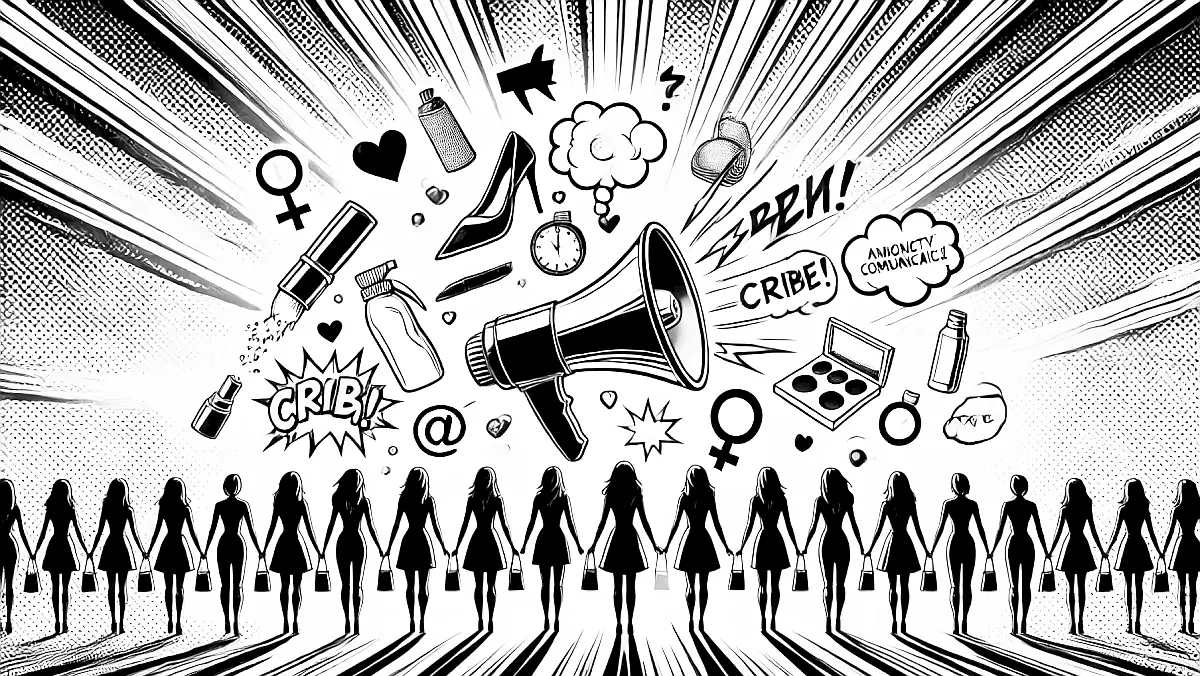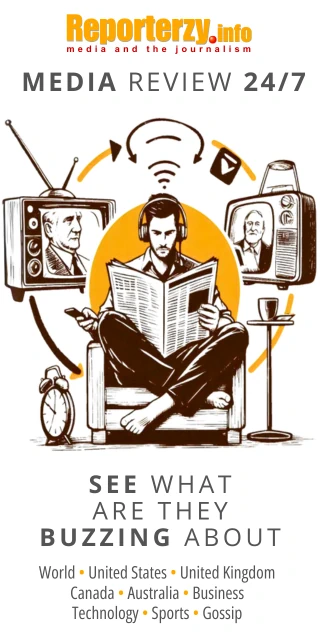 illustration: DALL-E
illustration: DALL-EIt is said that language shapes reality. But does the language used to address women really reflect their lives? The report "Polki 2025", prepared by IRCenter and socjolożki.pl, shows that many messages still fail to align with women`s experiences. Researchers examined how media, brands and institutions portray womanhood and how Polish women respond to these portrayals.
The findings are clear. Although the topic of equality is becoming more common, the way women are talked about is still stuck in patterns. Many messages refer to traditional roles such as mother, caregiver and wife as if time had stood still. This language not only fails to reflect reality but also reinforces an image that women are trying to challenge.
In the past it was enough for a campaign to be pretty and emotional. Today audiences immediately sense what is fake. They want messages that sound real not commercial. And they are increasingly vocal in saying they do not need more slogans about "inner beauty" but honest conversations about what they truly feel.
Media that still teach instead of listening
The report poses an uncomfortable question. Do Polish media really understand women? The analysis shows that many press outlets are not keeping up with real social change. Many still create content based on stereotypical ideas of women rather than their actual needs.
Researchers examined whether today’s media help Polish women deal with fear and uncertainty. The conclusions are not encouraging. Most messages offer no support but instead increase pressure. Women still hear they should "take care of themselves", "live in harmony" and "find balance". Meanwhile their daily lives are filled with control and exhaustion. Emotions that are rarely addressed.
| Research category | share (%) |
|---|---|
| Women reporting feelings of anxiety | 62.4% |
| Women reporting lack of agency | 54.1% |
| Respondents identifying with feminism | 48.6% |
| Women expecting authentic communication | 71.3% |
| Women pointing to media as a source of stress | 44.8% |
Media rarely explore the reasons behind this tension. Instead they offer quick tips and simplified models. No wonder then that audiences are beginning to reject communication that fails to speak their language.
Marketing trapped in outdated patterns
In the section on communication researchers note that brands often copy the same narratives that worked ten years ago. As a result campaigns may look professional but feel emotionally empty. Women recognise this immediately.
The authors suggest that marketing should stop just "responding to needs" and start co-creating them. This means building messages that not only acknowledge fear but help process it. It is a challenge but also an opportunity. Women increasingly seek brands unafraid to talk about emotion and change.
The study also shows that meaningful communication must be based on knowledge and observation. Understanding Polish women`s emotions can be a competitive edge not just a bonus in a campaign. Instead of preaching brands should show stories audiences can relate to.
New phenomena new questions
The report "Polki 2025" goes beyond marketing. The authors highlight new trends in communication that are just emerging in the public space. They showcase examples of messages that work and those that no longer make sense.
Relationship and tech. Study about love in the age of likes 👇
The study suggests that modern women want content that helps them understand reality not beautify it. They do not need illusions but tools for reflection. The report asks whether institutions and media are ready for this kind of dialogue. The authors stress that communication cannot ignore emotions because they are what make messages effective. Real connection with audiences requires authenticity and empathy not marketing formulas.
A project focused on understanding
The project POLKI.25 is not just a collection of data. It is also a proposal to change the way we communicate. The authors encourage treating women not as a "target group" but as co-creators of the message.
The report shows that language and tone are now the most sensitive indicators of social change. Women are listening closely. But they also expect someone to finally listen to them. And that might be the beginning of a whole new dialogue.
***
The study "Polki 2025", prepared by IRCenter and socjolożki.pl, is based on a representative quantitative survey of 1000 women and dozens of qualitative interviews conducted both offline and online. The authors combined statistical data with narrative analysis to capture everyday emotions attitudes and language. The full report is available at https://polki.ircenter.com.
COMMERCIAL BREAK
New articles in section Media industry
Advertising market 2025. Poland, Europe and the World
Marcin Grządka
The global advertising market is growing by 8.8% in 2025 and will reach a value of 1.14 trillion dollars. The industry result in Europe records slightly lower dynamics, at the level of 5.8%. In this comparison, Poland performs clearly above the average. We will record an increase of 8.9% this year and a value of 18.56 billion PLN - estimates WPP Media in the annual report "This Year Next Year".
The print media market 2025. Three global trends
Krzysztof Fiedorek
The market value is 359.53 billion dollars, yet the erosion is visible to the naked eye. The decline for newspapers will amount to -2.3 percent. Despite this, print retains strength: it generates 76 percent of subscription revenues and enjoys 82 percent consumer trust. The future of the industry is defined by hybrid strategies and niche specialization.
Journalism in the age of AI. Why people prefer humans over machines
Krzysztof Fiedorek
Only 12% of people accept news created solely by AI, while 62% prefer those written by humans. At the same time, only 19% notice labels indicating the use of artificial intelligence, while younger audiences ask AI to explain the content to them. These are the findings of the Reuters Institute report on artificial intelligence in media.
See articles on a similar topic:
Deepfake Blurs Truth and Falsehood. Human Perception Research
KFi
Studies indicate that only 60% of deepfake images can be correctly identified by humans. As AI begins to dominate content production, the problem of differentiation fatigue grows – users lose confidence in assessing the authenticity of information and fall into cynicism.
Artificial Intelligence and Digital Skills. The Future of the Job Market is Here
KFi
The world faces the challenge of digital transformation, and technological skills have become a gateway to career success. How do Europeans evaluate their abilities, and which industries are leading the way? A recent report by Pracuj.pl reveals which skills open doors to better careers and why AI is the future of work.
COVID-Skeptics in Media. Dentsu Agency Study
BARD
A significant presence of COVID-skepticism, which downplays the pandemic or focuses on conspiracy theories, accounts for approximately 8% of online content related to the coronavirus. The primary sources of knowledge about COVID-19 and the current situation are the internet, social media, television, and increasingly, family and friends.
Influencers Earn Too Much. No Fluff Jobs Report
KrzysztoF
According to nearly 70% of Poles, influencers earn too much, and 54% feel the least affection for them out of all professions. Only politicians receive equally low regard among respondents surveyed by No Fluff Jobs. On the other hand, nurses and… farmers are considered underpaid.






























